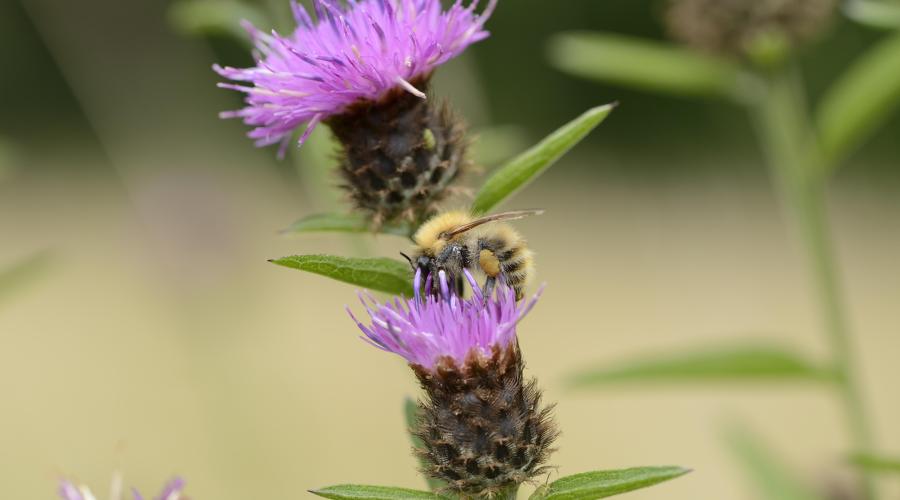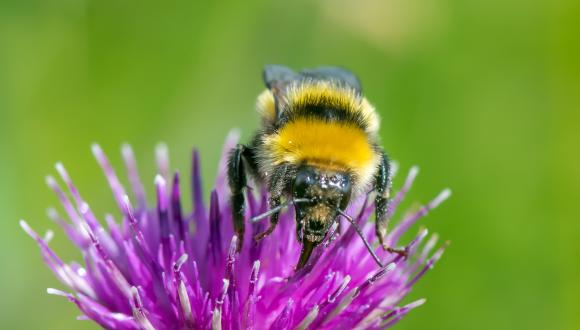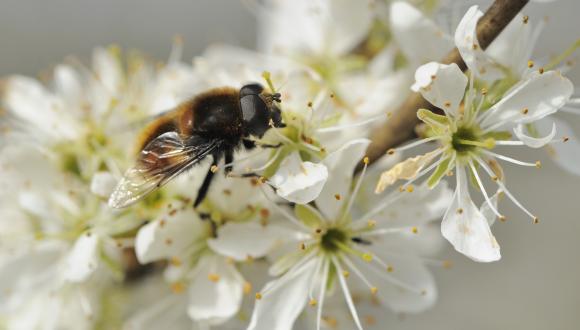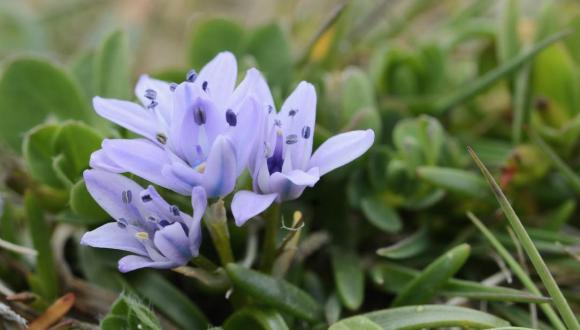
Helping Scotland's Pollinators
Find out more about Scotland's Pollinator Strategy, projects, resources and how to get involved.
Helping our pollinators
Scotland’s pollinators are a vital part of our biodiversity. Species such as bees and hoverflies are a familiar sight in our gardens, parks and countryside and they play a crucial role in our food and farming industries as pollinators. They also contribute to our enjoyment of the outdoors and well-being, and who doesn't love the sight of a bumblebee?
A short film explaining the importance of Scotland's pollinating insects, some of the issues they face and what we can do to help. Pollinators rely on the nectar and pollen produced by a variety of flowering plants. This results in the transfer of pollen between plants, leading to fertilisation and the production of seeds and fruit.
Why do we need a strategy?
Our wild pollinators are in trouble and facing pressures such as habitat loss and fragmentation, changes in land use, disease, pesticides and climate change - they need our help.
The Pollinator Strategy for Scotland 2017-2027, and the accompanying Implementation Plan, were created to set out how we can make Scotland a place where pollinators can thrive through:
- Making Scotland more pollinator-friendly,
- Halting and reversing the decline in native pollinator populations,
- Improving our understanding of pollinators and their pollination services
- Raising awareness and encourage action across sectors
- Monitoring and evaluating whether pollinators are thriving
The implementation plan outlines what key activities, projects and initiatives are needed in Scotland to help our pollinators.
Stay in the loop
- Our annual Pollinator Strategy Progress Report describes the many activities taking place across Scotland to help pollinators and to support the Pollinator Strategy.
- Have a look at Scotland's Pollinator blog for interesting and fascinating posts about all things pollinators.
- You can also check out our Scotland's Pollinator Twitter account for the latest updates and events.
Related Links
Find out more about pollinator strategies in other countries:








